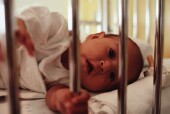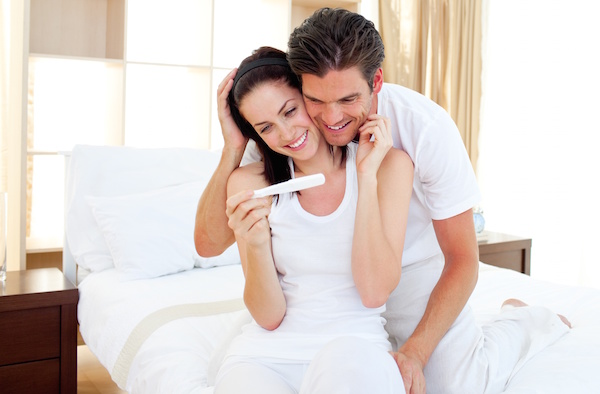
MONDAY, March 3, 2014 (HealthDay News) — Some of the “sleep machines” marketed to soothe infants seem capable of generating enough noise to potentially damage a baby’s hearing, a new study suggests.
The popular devices promise to help infants fall asleep and stay asleep by lulling them with constant sound — such as a babbling brook, a heartbeat or simply “white noise.”
But in tests of 14 sleep machines, researchers found some were capable of decibel levels that surpass the limit recommended for workplace noise. All were capable of breaking the noise limit recommended for hospital nurseries.
The findings, reported online March 3 and in the April print issue of Pediatrics, may not sound sweet to parents’ ears.
But hearing experts said there are simple ways to protect your baby.
Ideally, manufacturers should be required to meet a “safe sound limit,” said Dr. Ronald Hoffman, of the New York Eye and Ear Infirmary of Mount Sinai.
Until then, parents should keep the volume low, and place the machines well away from their baby’s crib, said Hoffman, who was not involved in the study.
Patti Martin, director of audiology and speech pathology at Arkansas Children’s Hospital in Little Rock, agreed.
“If you choose to use them, just be cautious,” said Martin, who did not work on the study. “Don’t place them right on the railing of the crib. Put them across the room.”
That’s simple advice, but it’s not actually on the product packaging, noted Dr. Blake Papsin, the senior researcher on the study and chief of otolaryngology, head and neck surgery at the Hospital for Sick Children in Toronto, Canada.
What’s more, Papsin said, there are parenting websites that encourage parents to use sleep machines all night, at a volume loud enough to mask other sounds that could float into the baby’s room.
“So some parents are probably overexposing their babies to noise,” Papsin said.
For the study, his team tested 14 infant sleep machines widely available in Canada and the United States.
The investigators found that, at top volume, three would expose a baby to more than 85 decibels — the limit set for workplace noise — if the device were placed on the crib rails. All of the machines were capable of churning out more than 50 decibels, which is the noise limit recommended for hospital nurseries. Nearly all — 13 of 14 — could top 50 decibels even if placed across the room from the baby’s crib.
Parents may wonder, is there really something wrong with playing the sounds of a chirping bird for your baby? Papsin said that at a soft volume intended to soothe — and not to drown out your TV — there should be no risk to tiny ears.
But he questioned whether there could be something wrong with exposing developing infants to a steady, monotonous sound all night, instead of the varying sounds of their environment — like parents talking, or the distant noises from outdoors.
The “auditory pathways” to the brain are developing during infancy, Papsin noted. And animal research has found that prolonged exposure to white noise during infancy can alter the brain’s processing of sound, and the animals’ behavior.
“Is white noise really what the brain wants during sleep?” Papsin said. “Or is it better to have silence and some intermittent noise? We don’t know.”
There’s no evidence that sleep machines harm infant development. But Martin agreed that it’s a question to consider.
“Is it a good thing to train infants to need steady noise to go to sleep?” she said. It’s possible, for instance, that as they get older, some of those children could have more difficulty tuning out everyday “background” noise.
“We don’t know if there could be longer-term consequences,” Martin said.
Papsin suggested that before buying a sleep machine, parents try soothing their baby to sleep in other ways — like a warm bedtime bath and an old-fashioned lullaby.
More information
The American Academy of Pediatrics has more about getting your baby to sleep.
Copyright © 2025 HealthDay. All rights reserved.

